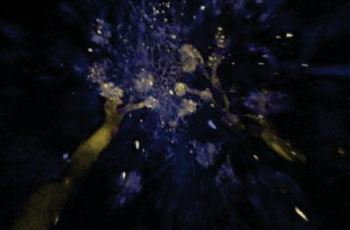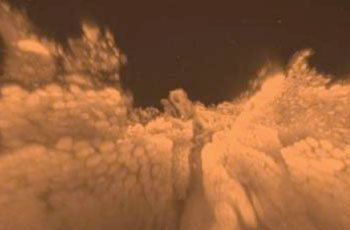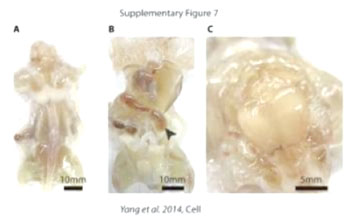Biomedical Research Advanced by Technology That Sees Through Organs
By LabMedica International staff writers
Posted on 25 Aug 2014
The capability to see through organs and even the entire body to visualize long-range connections between cells, as well as the subtle aspects of cellular structures has been a long-time quest for biologists. A study has now made this a reality, revealing simple ways for making opaque organs, bodies, and human tissue biopsies transparent, while keeping the cellular structures and connections intact. Posted on 25 Aug 2014
The protocols could create avenues for a better determination of brain-body interactions, more accurate clinical diagnoses and disease monitoring, and a new generation of therapies for disorders ranging from autism to chronic pain. “Although the idea of tissue clearing has been around for a century, to our knowledge, this is the first study to perform whole-body clearing, as opposed to first extracting and then clearing organs outside the adult body,” said senior study author Dr. Viviana Gradinaru of the California Institute of Technology (Caltech; Pasadena, USA). The findings were published July 31, 2014, in the journal Cell. “Our methodology has the potential to accelerate any scientific endeavor that would benefit from whole-organism mapping, including the study of how peripheral nerves and organs can profoundly affect cognition and mental processing, and vice versa.”
Three-dimensional maps of intact organs and bodies are key for understanding complex, long-distance cellular interactions that play an important role in a range of biological processes. But until now, methods for making whole organs or bodies transparent and thus amenable to imaging and generating three-dimensional (3D) maps have been limited to the brain or embryos. Dr. Gradinaru and her collaborators earlier developed a brain-clearing technique called CLARITY (Clear, Lipid-exchanged, Acrylamide-hybridized Rigid, Imaging/immunostaining compatible, Tissue hYdrogel), which involves embedding tissue into hydrogels to preserve its 3D structure and important molecular features, and then using detergents to extract lipids that make the tissue opaque.
In the new study, the researchers set out to make CLARITY suitable for whole organs and bodies, in part by making the process faster. First, they identified the optimal hydrogel that allows detergents to quickly remove lipids from tissue using an approach named passive CLARITY technique (PACT). To great speed up the clearing process without causing tissue damage, they introduced an advanced procedure called perfusion-assisted agent release in situ (PARS), which involves directly delivering the hydrogel and clearing reagents into the bloodstream of intact rodents. The reagents diffused throughout the tissues and fully clarified organs such as the kidney, heart, lung, and intestine within two to three days, while the whole brain and entire body cleared within two weeks.
The researchers also developed a recipe for refractive index matching solution (RIMS), which enables the long-term storage of cleared tissue and imaging thick, cleared tissue using a traditional confocal microscope. The new technologies allow for the study of intact connections between cells as well as structures and molecules within single cells using standard genetic and molecular biology techniques. “Our easy-to-use tissue clearing protocols, which employ readily available and cost-effective reagents and equipment, will make the subcellular interrogation of large tissue samples an accessible undertaking within the broader research and clinical communities,” Dr. Gradinaru said.
Related Links:
California Institute of Technology

















